Types of Softwares used in Hospitals/ Clinics
With the tremendous growth in the Healthcare IT industry, especially post Covid, The Global Healthcare IT industry is expected to hit $821 billion by 2026. Some of the software contributing to this growth are:
- Picture Archiving and Communication System (PACS)
- Hospital management systems (HMS)
- Electronic Health Records (EHR)
- Radiology Information systems (RIS)
- Clinical Information Systems
- Laboratory Information management systems (LIMS)
- Tele-medicine
The above-mentioned software is widely used by hospitals and clinics across the globe to increase revenue and productivity. Here is how:
PACS – Picture Archiving and Communication System:
The PACS system is generally used for medical imaging to store and transmit digital images. This allows hospitals and clinics to transfer data that can be accessed anywhere at any time. PACS was predominantly used for radiology practices. It has now expanded to other branches such as cardiology, pathology, dermatology, oncology, etc.
Hospital Management System:
A Hospital management system is integrated software that allows effective management of different departments in a hospital. It is an integrated system connecting multiple modalities within the hospital. It receives and stores patient information and other data related to inventory, resources, finances, etc.
Electronic Health records:
An EHR is a system that helps with record keeping. It is similar to storage software that receives and stores patient information within a hospital. An Electronic medical record EMR is a system that stores historical data of patients across different treatments or hospitals visited.
Radiology Information System:
This is exclusively used by radiologists to receive and view patient data. A RIS helps in reducing the overall time required in diagnosis as the radiologist can view the medical images from anywhere at any time. This improves the quality of patient care. It helps in increasing the efficiency of hospitals that do not have an in-house radiologist as well.
Clinical Information Software:
Clinics are known to operate at a smaller scale than hospitals. However, it is important for clinics to structure their data management as well. This is a rapidly growing sector in Med-Tech. Clinical management software helps in bookkeeping and administration within the clinic.
Laboratory Information System:
Labs play a very important role in medical diagnosis. With the rapid increase in the need for medical imaging for various diagnoses, labs serve various purposes. It becomes highly critical for labs to avoid any error and deliver the right reports at the right time to the right place. Hence, a LIS fastens and eases this process of managing information within a laboratory.
Tele-medicine:
Although telemedicine was popular in the 21st century, the outbreak of coronavirus accelerated its growth. Tele-medical systems allow doctors to consult patients from anywhere at any time. It allows greater flexibility and quicker diagnosis. Although It might have its own limitations but is widely used by clinicians to perform quicks consulting and diagnosis.
BeWell's Health-tech softwares:

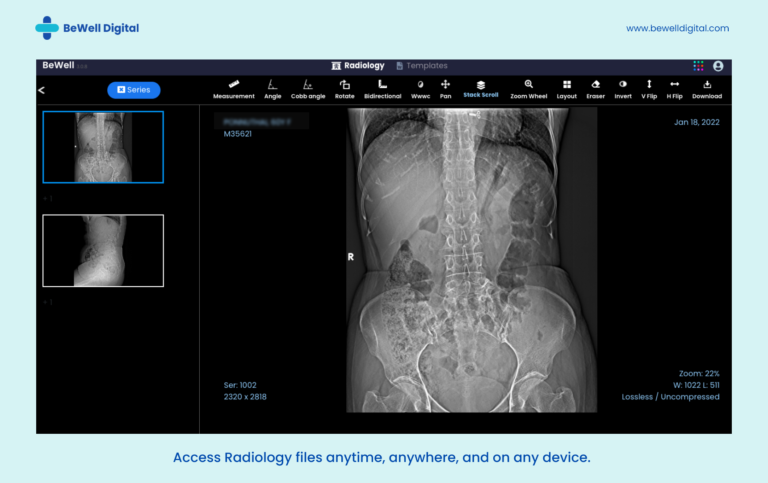

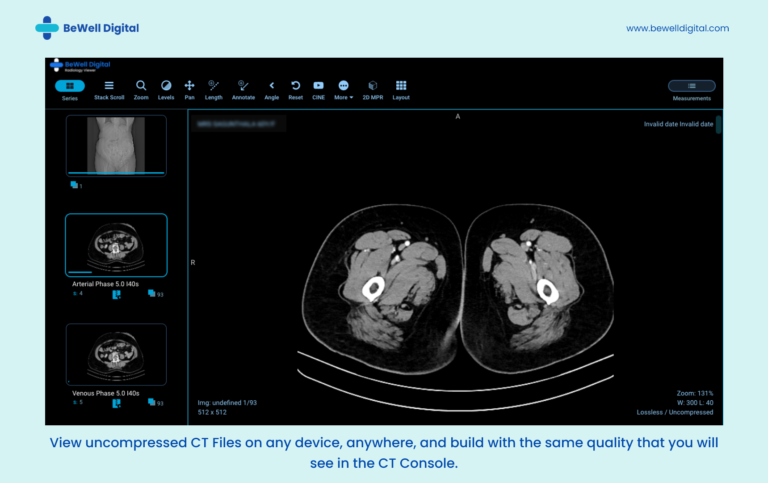

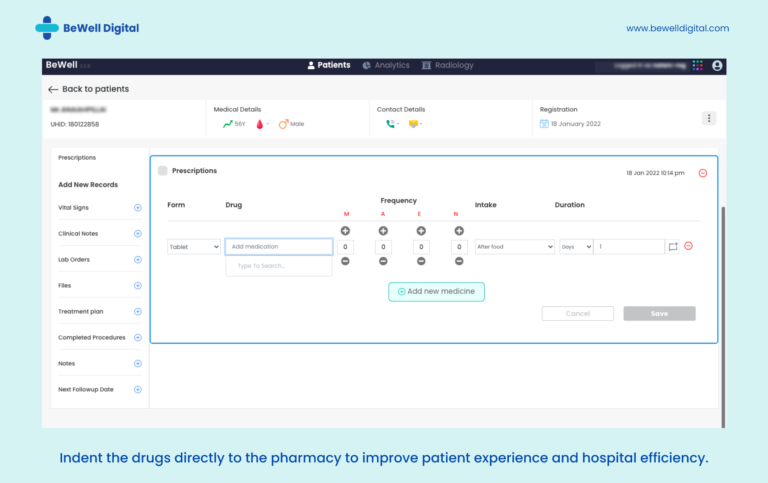
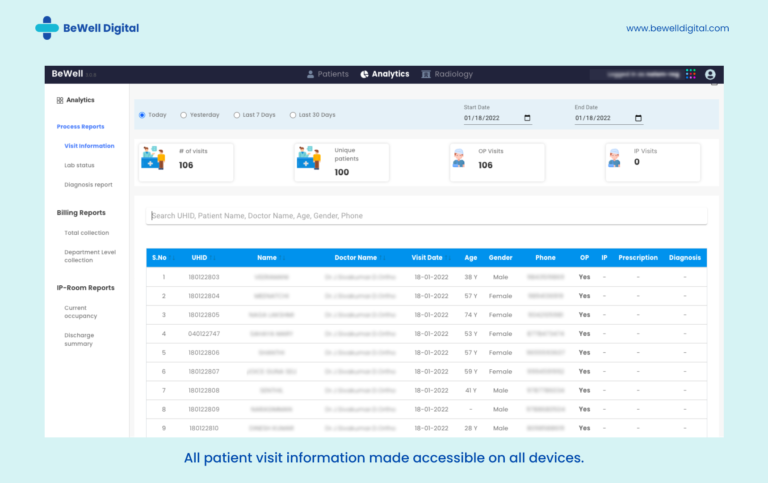
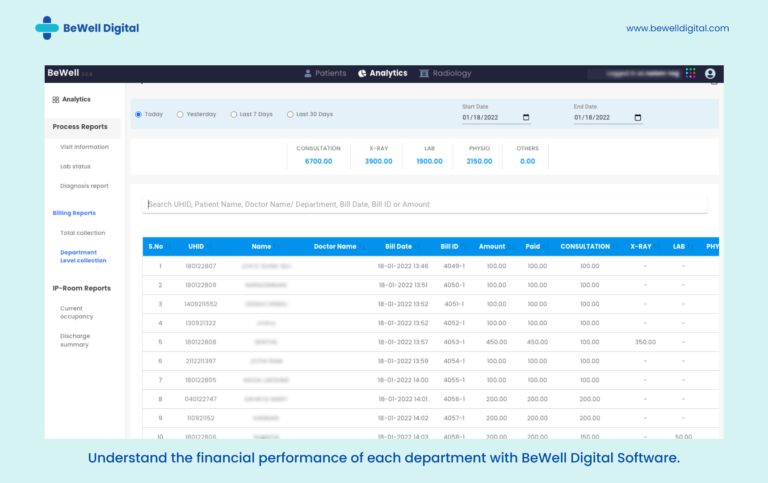
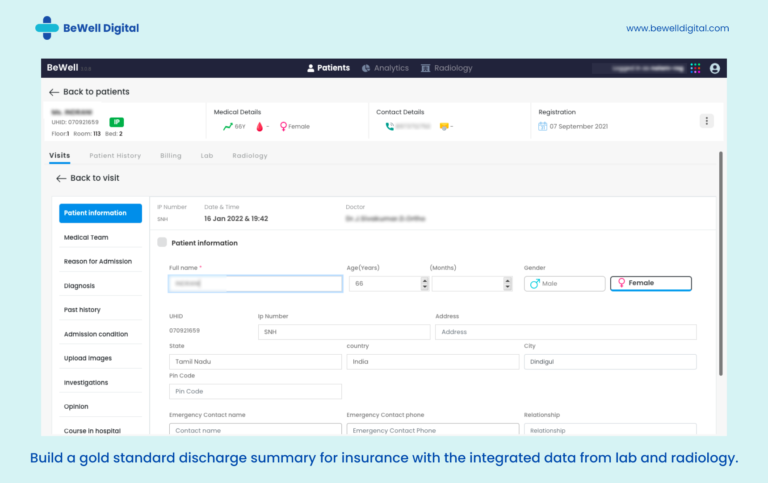
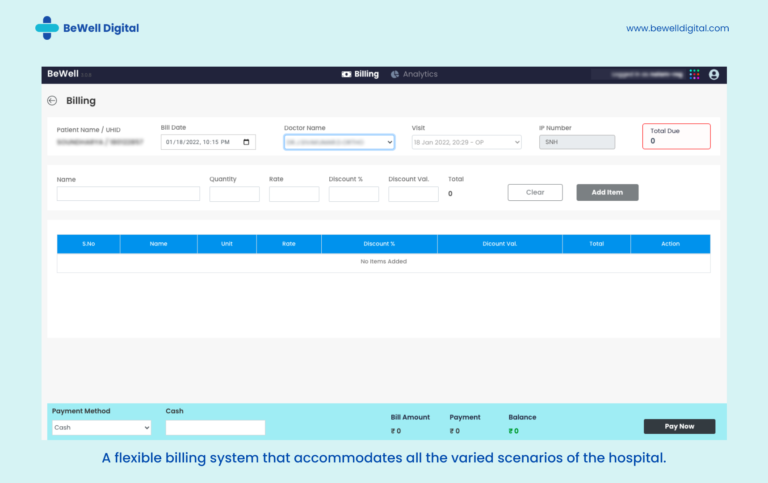
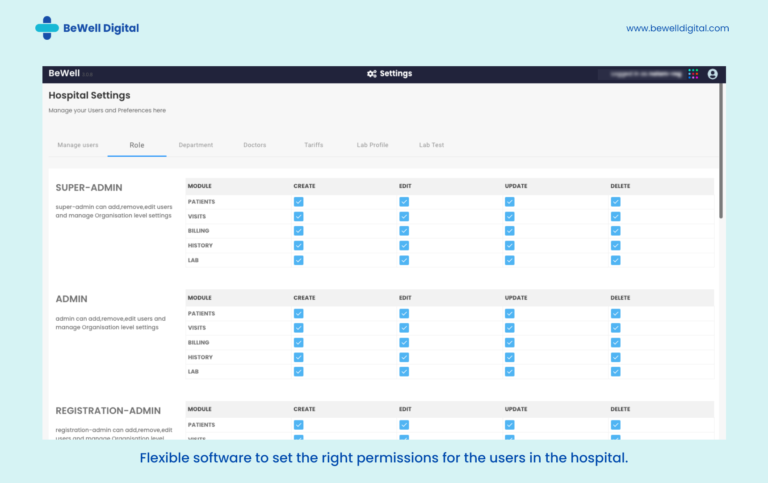
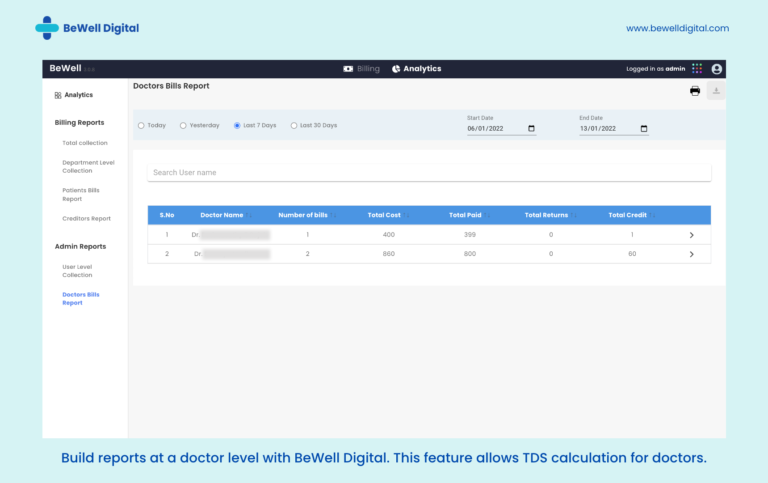
Follow us on
About Author

A marketing professional with a masters degree in Business Administration. Anvita has been associated with Health-tech research and content building since 2021. According to her, She has always been always been fascinated by the wholesome idea of using technology to improve healthcare delivery and how it has a direct impact on saving lives. Get in touch with her for a fun discussion on healthcare, marketing or anything related to visual art 😊
Contact
BeWell Digital Technologies Pvt.Ltd.,
Layout, Ashok Nagar, Bengaluru,
Karnataka 560025, India.
Follow Us
Copyright © 2022 BeWell Digital

